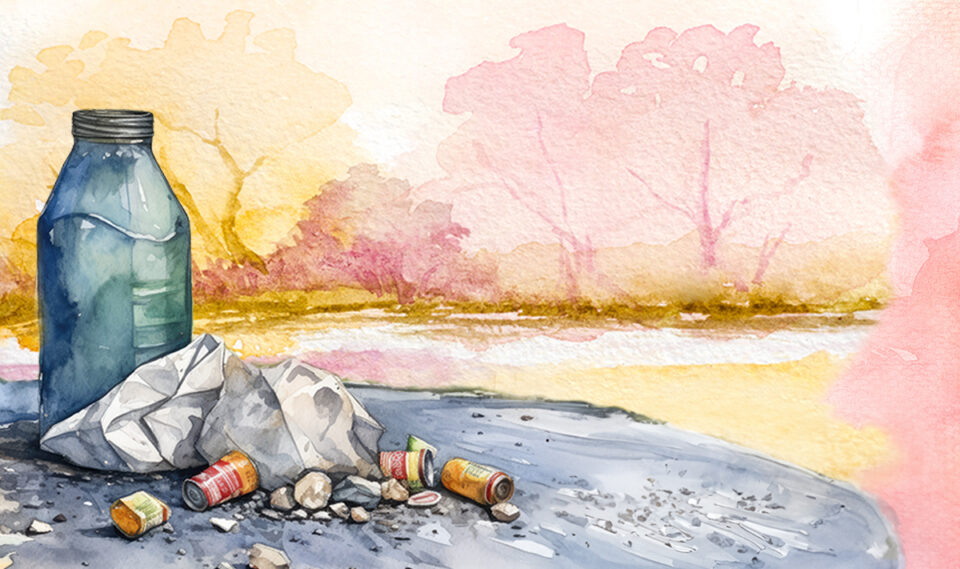Beware of the Plastics...and of the Companies Creating the Problem
Bethany Davis Noll (Executive Director) / January 18, 2024

What do you think when you see trash in the river or on the side of the road? Do you think: I wish someone would clean that up? Do you wonder if that trash will break down and go into the water, to be eaten by fish, birds, and even humans?
Now, New York State is working to give folks a new way to look at that trash. Rather than leaving us to become inured to the trash, the lawsuit alleges that PepsiCo (PepsiCo Inc., Frito-Lay, Inc., and Frito-Lay North America) is responsible for much of the plastic pollution that shows up in the Buffalo River. The case is built on research that the state made into the plastic pollution itself. The New York Attorney General’s Office collected more than 2,500 pieces of waste from the Buffalo River and found that PepsiCo was a significant contributor to the large amount of plastic waste that appeared in that survey. Besides identifiable plastic waste, the lawsuit also explains that much of the plastic pollution in the river is microplastics or nanoplastics — tiny pieces of fragmented plastic.
According to the lawsuit, PepsiCo knew that its packaging would be discarded, including into the environment, and that recycling would not serve as a solution to the many forms of plastic that PepsiCo manufactures. Despite knowing about these problems, PepsiCo has claimed that its plastic is recyclable and that it would reduce its use of plastic — while the truth is that the company increased its use of plastic.
A couple of years ago, Earth Island Institute brought a case in California with a similar public nuisance claim. A recent article by Connor Fraser (NYU Law ’22) in the NYU Law Review provides a helpful analysis of Earth Island’s complaint. That case is still pending.
There is obvious potential for public nuisance lawsuits to provide a remedy for large scale harms to the public in the plastic pollution space, as they have in cases to address harms from PFAS contamination and opioids, among other wide scale problems. In addition, the research about the harms of this pollution continues to grow. New research shows that microplastics are ubiquitous in our food and that the amount of microplastic pollution in a bottle of water is much higher than previously known. The new PepsiCo case and the Earth Island case are cases to watch.
Follow the status of many plastics related cases in the State Impact Center’s plastics litigation tracker, produced in collaboration with the Guarini Center on Energy, Environment, and Land Use Law.
